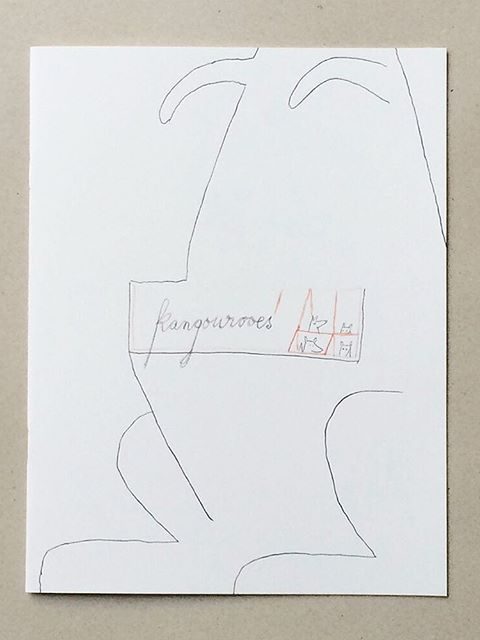 Vertiges animaliers de Tomi Ungerer
Vertiges animaliers de Tomi Ungerer
Tomi Ungerer:
Elephants, Whales & Kangaroos,
On exhibit in Nieves, Zurich
by Jean-Paul Gavard-Perret
Contributing editor
Le caractère « tactile » du dessin d’Ungerer permet de comprendre l’élaboration d’une pensée en acte au sein de la confrontation entre l’expression de l’intériorité et sa réalisation en vue d’un partage.
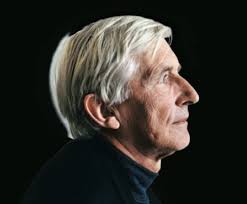 C’est pourquoi dès l’origine les œuvres du dessinateur français Ungerer ne racontent pas : elles « prophétisent » de manière ludique. D’après nature, d’après « modèle » certes, mais surtout selon un imaginaire débridé.
C’est pourquoi dès l’origine les œuvres du dessinateur français Ungerer ne racontent pas : elles « prophétisent » de manière ludique. D’après nature, d’après « modèle » certes, mais surtout selon un imaginaire débridé.
L’artiste a toujours su éviter le discursif. Il a inventé le minimalisme graphique pour offrir un monde capable de séduire adultes et enfants. La solitude de quelques traits permettent de biffer tout superflu.
Le grouillement des lignes est inutile. Il s’agit de suggérer le maximal à un minimum de traits pour voir ce qu’on croit connaître mais qu’on n’a jamais vu ou qu’on ne voit pas encore. Et soudain l’œil découvrir une plénitude au sein du presque rien.
La couleur se retire. L’air entre dans l’espace du support grâce à l’épure. Celle-ci évite la dispersion et fait oublier nos références.. Le dessin se laisse envahir par le manque qui est aussi son vertige. L’animal n’a plus besoin de ses formes pour séduire.
Il reste désormais le silence. Mais tout autant une charge et presque des odeurs dans l’air. Au cloisonnement répond l’évasion. Le monde change de formes mais il est bien là.
by Jean-Paul Gavard-Perret
The characteristic “touch” of Ungerer’s drawing is to understand the development of thought into action, in the confrontation between the interior life, and it’s realization for sharing.
From the beginning, the works of the French artist Ungerer do not tell: they “prophesy,” but in a fun way. According to Nature, from “models,” of course, but especially from an unbridled imagination.
The artist has always avoided the discursive. He invented the graphic minimalism to deliver a world capable of seducing adults and children. The loneliness of some features allow him to delete what is unnecessary.
Such as the swarming of lines. This is to suggest the maximum to a minimum of traits, to see what we think we know but we have never or not yet seen. And suddenly the eye discovers a fullness in the nothing. The color withdraws. The air enters the space of the support through the blueprint. This avoids dispersion and forgetting our references. The drawing is invaded by a something missing, which is also its vertigo. The animal does not need forms to seduce.
It now remains silent. But as a filler, something sensed in the air. The partitioning meets the escape. The world is changing shape but it is there.
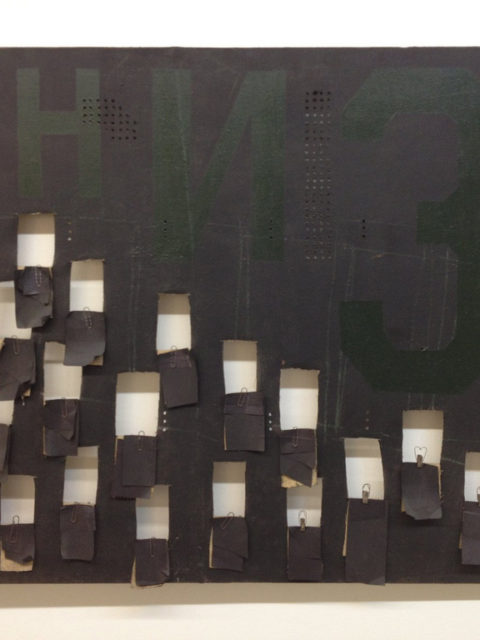
KOKA RAMISHVILI :
DE TBILISSI A GENEVE
by Jean-Paul Gavard-Perret
L’aventure plastique est complexe : Ramishvili fait bouger les genres qu’il aborde pour fracturer par contre-coup l’image de la société dont il défait les « coïncidences » d’apparat et d’apparence. Le créateur mélange, avec humour, politique, religion et érotisme. Pour lui tout paradis est de cendres. La vie comme l’art ne peut se vivre et n’exister que par éclaircies ajoutées les unes aux autres sans pour autant créer un barrage à l’inéluctable fuite du temps et la dégradations des rêves. Des tsunamis plastiques surgit néanmoins une beauté sourde. Par ses déconstruction entre catastrophes et cadastres Ramishvili propose diverses équivalences. Pas question d’offrir des fantasmes : toute une réflexion est en action sur la question de regard, du réel, du passé, du devenir et du paysage.
The plastic adventure of Ramishvili is complex. Moving from one genre to another he breaks down the the coincidences between pomp and appearance. He creates a mixture of humor , politics, religion and eroticism. For him everything is paradise’s ash. Life as art cannot live and exist only by clouds added to each other without creating a barrier to the inevitable passage of time and the deterioration of dreams. From a plastic tsunami arises a deaf beauty. For its deconstruction between disasters and land registers, Ramishvili offers various standing. There is no way to offer fantasies: all thinking is in taking action on look, the real, the past, the future and the landscape.
Q) What makes you get up on morning?
A) The realization, that I can discover something new in my work…
Q) What happened to your dreams as child?
A) Sometimes they are realized… but in very strange way.
Q) What did you give up?
A) I think about it and I realize that what I gave up is still here but… in an another form.
Q) Where do you come from?
A) Well geographically I born in Georgia in Tbilissi. I was born into a Protestant family, my mother was from Estonia and my father was Georgian. We spoke Russian at home. Because my father didn’t know Estonian and my mother was Georgian. It’s quiet paradoxical because Russian Bolsheviks and the Soviet regime shot my grandfather, who was an army colonel of independent Georgia, That regime also took away our house and everything else.
Q) What is the first image you remember ?
A) When I was 12 or 13 years old near my school was a small shoemaker shop. He was selling illegal hand made black and white photographs of rock stars, porno and erotic playing cards printed on old B&W photographic paper. This erotic image is still in my mind…
Q) And the first book ?
A) “Huckleberry Finn” was my first book.
Q) That is what distinguishes you from other artists?
A) My vision, which also influence on my methodology to create an image. I am an “outsider” and this is a powerful tool to be free from imprints. It’s something about what you wrote about my works, that they are not clones.
Q) Where do you work and how?
A) I work in my home, the part that is my studio. I was traveling a lot; because of my “immigration” status I have no possibility to rent a big studio, and also I like to work at home. I feel more comfortable. I adapt my works and my studio to each other. It was an interesting result and experience. Four things are important for me in my work, context, image, space and visitor. For image I am using photography and video a lot, but not often using post-production (print); now I am starting to work with photo images again and I hope soon to show my new project. To be short, I am interested in Situations that are paradoxical and interconnected at the same time.
Q) To whom do you never dare write ?
A) To the president…
Q) What music do you listen to?
A) Harold Budd, Robin Guthrie, Hector Zazou, Brian Eno, Arvo Pärt, Boards Of Canada, Ryuichi_Sakamoto, Alva Noto, Max Richter…. I love music!
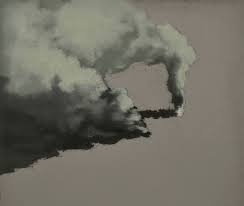
Q) What is the book you love read again?
A) “The Plague” (La Peste) by Albert Camus.
Q) When you look yourself in a mirror who do you see?
A) Good question. Time and myself.
Q) What city or place has value of myth for you?
A) The question is, which myth? There is many myths for me. But I would be precise with “town” and “place”. Sicily, Siracusa…
Q) To which artists do you feel closest?
A) David Claerbout … maybe
Q) What film make you cry ?
A) Many films makes me cry, I am not sure they are the best, some of them are too banal. But I cry.
Q) What would you like to receive for your birthday?
A) APO-Summicron 50mm ASPH – Leica lenses for my camera.
Q) What does this quote from Lacan inspire in you? “Love is giving something that we don’t have to someone who does not want”?
A) …it makes me to silence…
Q) And Woody Allen: “The answer is Yes, but what was the question?”
A) The question was: “No?” What question did I miss?
Q) How do you travel? And what do you like in your travels?
A) I loveto travel in airplanes, I love this situation when I am in the point, “No where no here”. And this feeling I have only in airplanes.
About the reviewer:
Jean-Paul Gavard-Perret contributes the On Location/France column to Ragazine.CC. You can read more about him in About Us.
Entretien réalisé par Jean-Paul Gavard-Perret le 16 novembre 2015.
This interview was made by Jean-Paul Gavard-Perret on November 16, 2015.
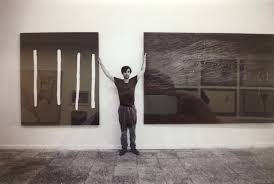
Recent Comments